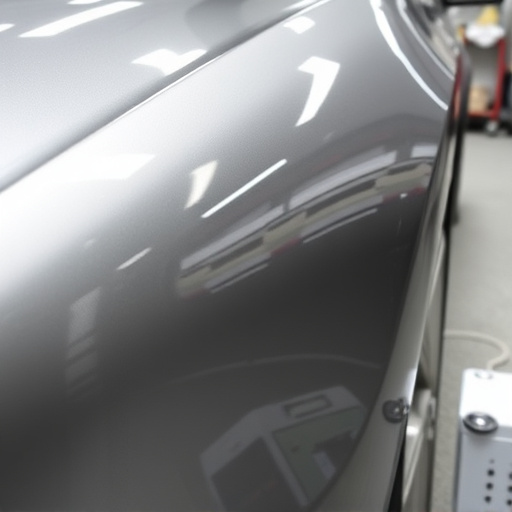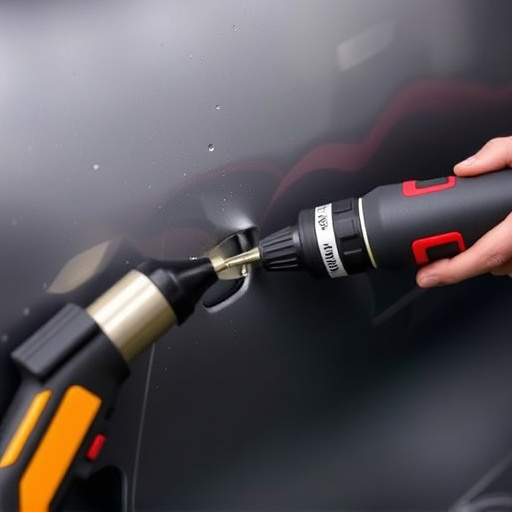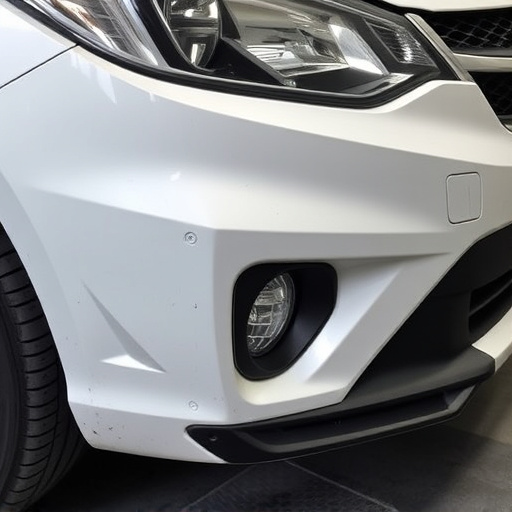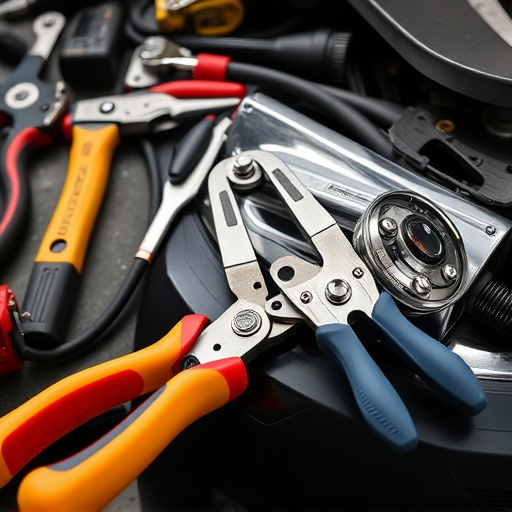Managing customer expectations in vehicle repairs is crucial. Repair centers should focus on transparent communication, providing clear explanations for delays and regular updates to ensure client satisfaction. Open dialogue builds trust, empowers customers, and mitigates frustration, fostering positive relationships and encouraging future business through incentives. Effective repair expectations management enhances overall client experience.
Managing customer expectations during repair delays is an art. When services are interrupted, clients anticipate swift resolution. This article explores effective strategies for navigating these challenges. We’ll delve into understanding customer expectations, implementing transparent communication, and mitigating frustration post-delay. By mastering repair expectations management, businesses can foster trust, enhance satisfaction, and build stronger client relationships. Learn how to transform potential pitfalls into opportunities for growth.
- Understanding Customer Expectations During Delays
- Communication Strategies for Repair Transparency
- Mitigating Frustration: Post-Delay Follow-Up
Understanding Customer Expectations During Delays

When a vehicle undergoes repairs, especially at a collision repair center or for bumper repair and car paint repair services, customers often expect swift resolutions. However, delays are inevitable in the repair process due to various reasons such as part availability, complex damage assessment, or unforeseen circumstances. Understanding customer expectations during these periods is paramount for effective repair expectations management.
Customers naturally anticipate timely service when they bring their vehicles in for repairs. They expect clear communication about potential delays and regular updates on the progress of their car paint repair or collision repair. A transparent approach, involving open dialogue and realistic timelines, can significantly manage customer expectations. By keeping clients informed, repair centers demonstrate professionalism and build trust, ensuring a positive experience even amidst delays.
Communication Strategies for Repair Transparency

Open and honest communication is key to managing customer expectations during delays in vehicle repairs, whether it’s due to parts availability or unforeseen complexities. Keeping clients informed about the progress of their hail damage repair or paintless dent repair ensures they feel valued and involved throughout the process. Regular updates, even if they’re just a quick check-in, can significantly enhance customer satisfaction.
Utilize various communication channels like email, text messages, or phone calls to provide transparent information about estimated completion times and any potential delays. It’s also beneficial to clearly explain the repair process, outlining what has been done so far, what steps remain, and the expected outcome. This approach fosters trust and empowers customers to make informed decisions while they wait for their vehicle body repair.
Mitigating Frustration: Post-Delay Follow-Up

After a delay, managing customer expectations is crucial for mitigating frustration. The initial delay can set the tone for the entire repair process, so it’s essential to address and reassure clients promptly. During post-delay follow-ups, communicate honestly about the reasons behind the delay and provide transparency regarding the upcoming work timeline. Offer regular updates to keep customers informed and engaged, ensuring they feel heard and valued despite the hiccup.
A simple gesture of appreciation for their patience can go a long way in fostering positive relationships. Consider offering small incentives or discounts as a token of gratitude for their understanding. This not only helps in repairing any dissatisfaction but also strengthens customer loyalty, making them more receptive to future services, whether it’s car dent repair, car paint repair, or any other related needs.
Effective repair expectations management during delays is pivotal for maintaining customer satisfaction. By understanding client expectations, employing transparent communication strategies, and conducting thorough post-delay follow-ups, businesses can mitigate frustration and foster trust. These steps are essential in ensuring a positive experience, even amidst setbacks, thereby enhancing customer loyalty and preserving the company’s reputation.













